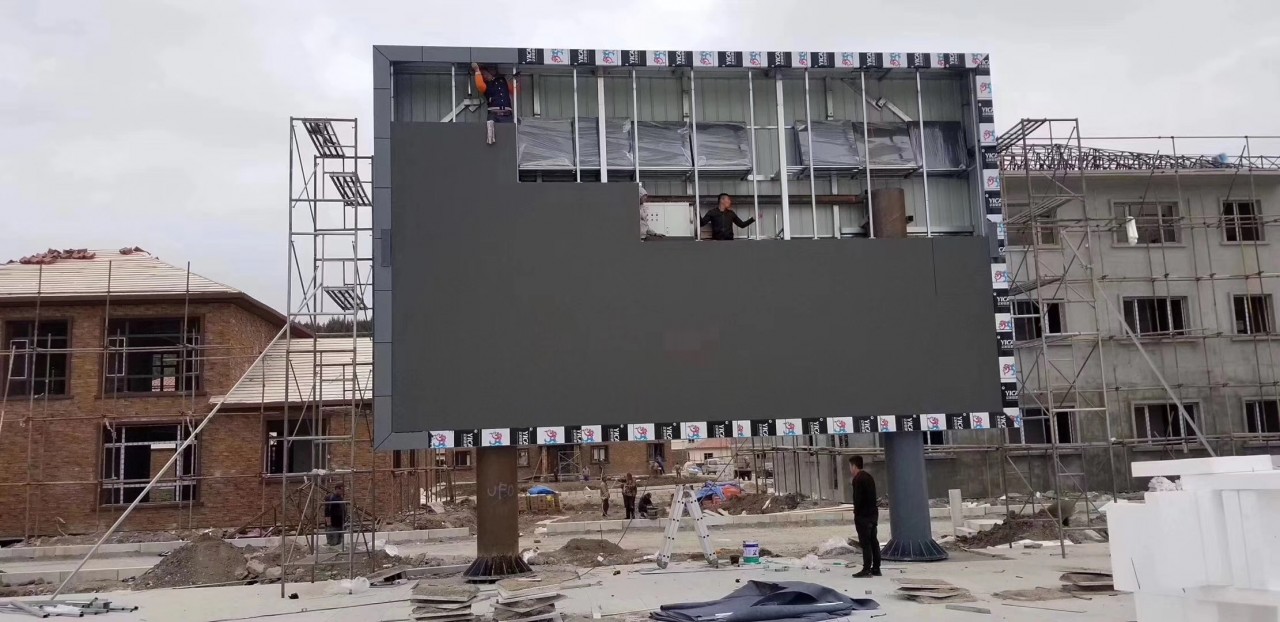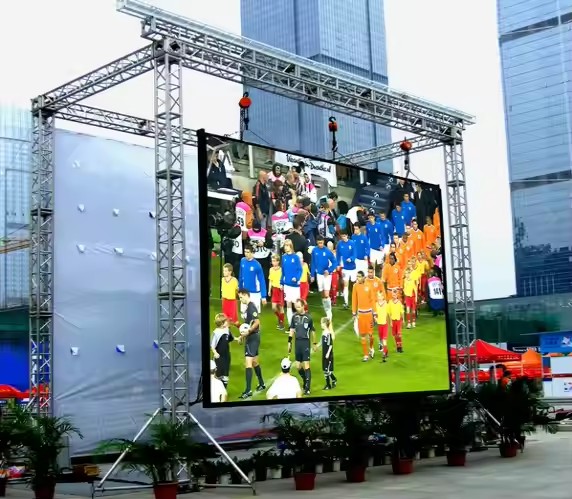As a high-tech display device, LED displays are widely used in various settings. However, regular maintenance and care are essential to keep them in optimal working condition and extend their life span. Here are some professional tips to help you maintain and care for your LED displays in daily use.
#Muenled
#LEDdisplay
All posts tagged: COB LED displays
The hardest part of starting up is starting out


